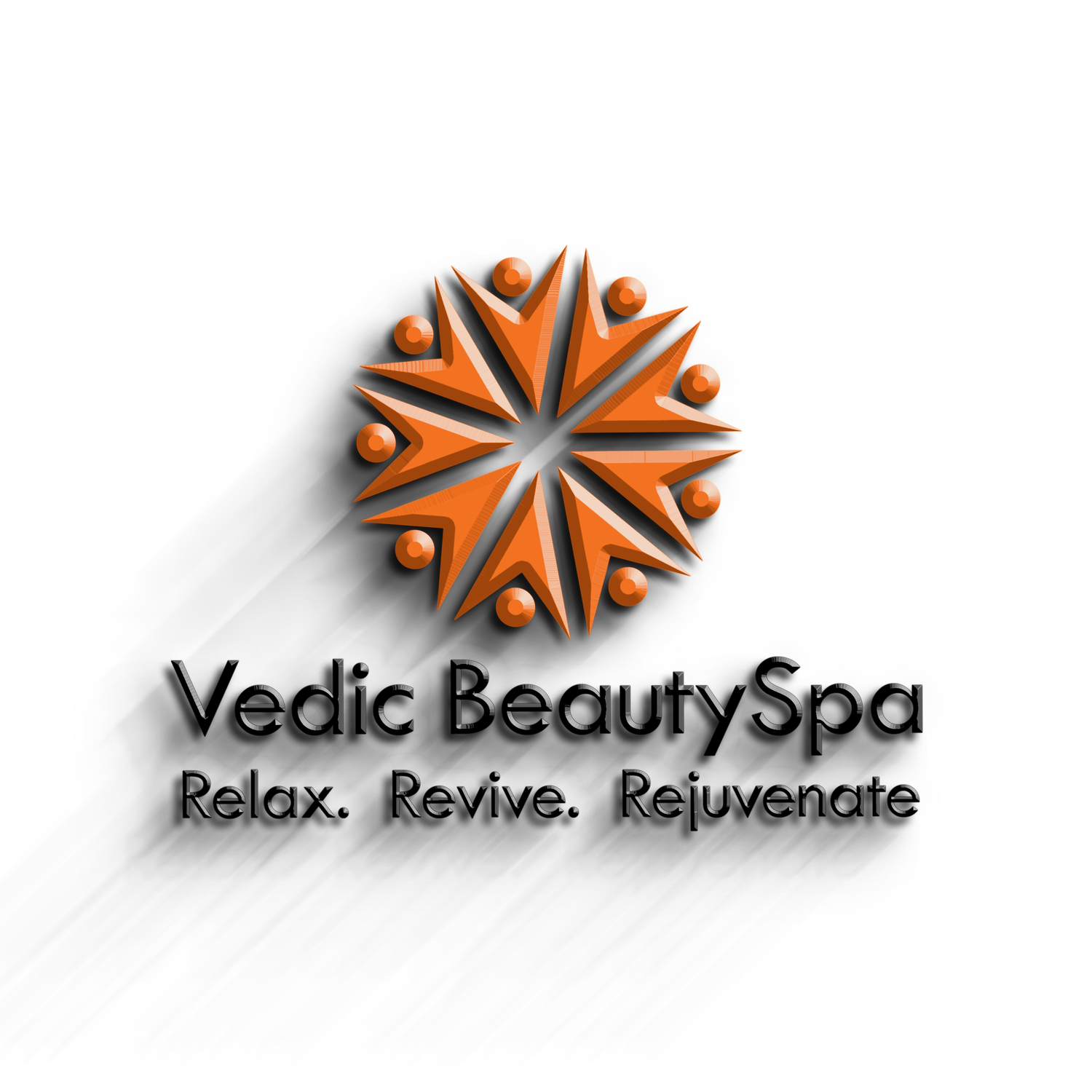Difference Between Physical & Chemical Sunscreen
It goes without saying that everyday, all year round, we need safe, effective sun protection, but many people are still unsure of whether to choose a physical or chemical sunscreen. If you are still wondering what the difference is, here's an easy breakdown.
How it works?
Physical Sun Protection:
Inorganic sunscreen ingredients acts as a shield that reflects and scatters UV rays off the surface of the skin.
Chemical Sun Protection:
Organic sun filters absorbs UV radiations, and deactivates it by changing it into heat, then releases the heat from the skin.
Ingredients.
Physical Sun Protection: Examples include
Titanium Dioxide and Zinc Oxide Minerals
Chemical Sun Protection: Examples include
Octocrylene - Organic UVB absorber
Butyl Methoxydibenzoylmethane - Organic UVA absorber
Pro’s
Physical Sun Protection:
Safer to use because physical sunscreen ingredients are not absorbed into the skin.
More gentle on the skin, and pose less risk of sensitivity or irritation.
Provides broad spectrum protection against both UVA and UVB rays.
Provide immediate protection on application.
Chemical Sun Protection:
Tends to be easier to apply.
Due to a more a thin, translucent format, chemical sunscreens do not leave a white ashy appearance.
Provides broad spectrum protection against both UVA and UVB rays.
Con’s
Physical Sun Protection:
Mineral sunscreens have a negative reputation for leaving a white, ashy appearance once applied, especially against darker skin tones.
Chemical Sun Protection:
Approximately 20-minutes waiting period after application for activation of protection.
Increase chance of irritation.
Potentially harmful chemical ingredients can be absorbed and increase the risk of free radical damage.
Chemical ingredients degrade when exposed to UV.
“Sun reflection is undoubtedly more effective and scientifically shown to be safer than chemical absorption”
To effectively protect your skin against damaging ultraviolet light, you should look for three essential elements in sunscreen:
Broad-sprectrum UVA and UVB protection.
Low SPF - less chemicals.
Added antioxidants - UV irradiation activates free radicals in the skin, so it is sensible to choose a sunscreen with added antioxidants. These are powerful free radical scavengers which help to minimise the damaging effects of UV rays that penetrate sunscreens and filters.
Find out more about Environ's revolutionary new sun care innovation: New RAD SHIELD Mineral Sunscreen.
